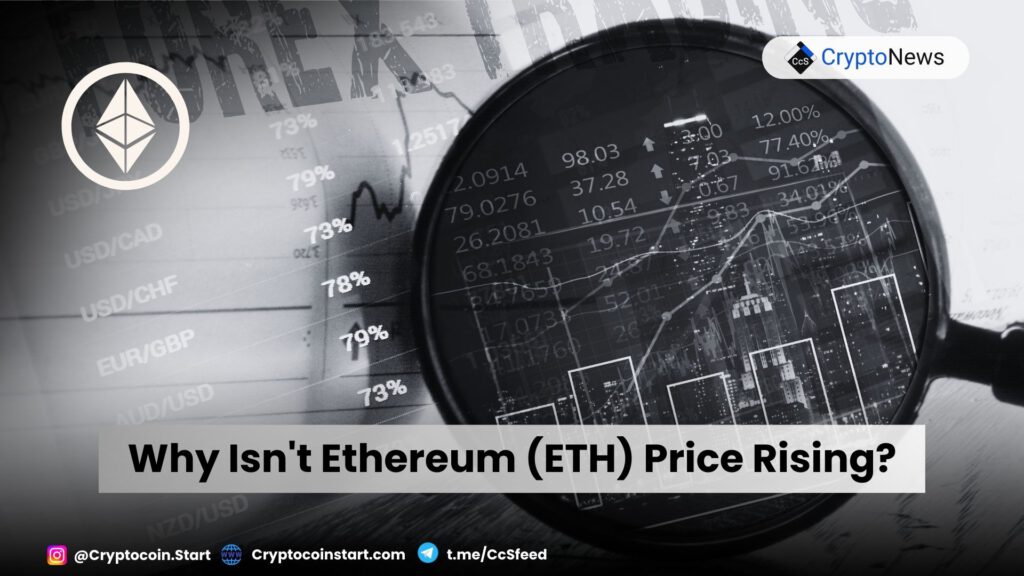
How Has Ethereum (ETH) Price Moved Recently?
As of now, Ethereum is priced at $3,144.84, with a 24-hour trading volume of $36.07 billion. The cryptocurrency holds a market capitalization of $378.72 billion, making up 11.80% of the overall cryptocurrency market. In the last 24 hours, Ethereum has seen a modest increase of 0.56%.
Ethereum reached its all-time high (ATH) of $4,867.17 on November 10, 2021, while its lowest recorded price was $0.420897 on October 21, 2015. Since reaching its ATH, Ethereum’s lowest price point was $897.01, known as the cycle low, and its highest price since that drop was $4,094.18 (cycle high). Despite these fluctuations, the market sentiment around Ethereum remains bullish, with the Fear & Greed Index reflecting a score of 82, indicating “Extreme Greed.”
The current circulating supply of Ethereum stands at 120.43 million ETH, with a yearly inflation rate of just 0.14%, resulting in 174,124 new ETH being created over the past year.
Why Ethereum (ETH) Price Is Not Rising
Despite Ethereum’s solid fundamentals, the price hasn’t been climbing recently, and several factors are contributing to this stagnation. Over the past few days, there has been a notable amount of selling activity, with some investors locking in profits and others realizing losses. On Tuesday alone, ETH saw $141.3 million in losses, the highest since mid-September, while profits reached $230 million.
This mixed activity indicates rising selling pressure, particularly from long-term holders, as evidenced by spikes in the ETH Age Consumed metric. These long-term holders, often controlling large amounts of ETH, seem to be cashing out, which, while not causing a major price crash, has been enough to stall any significant upward movement.
Another reason why Ethereum’s price isn’t rising is the shift in investor behavior. Historically, capital would often flow from Bitcoin to Ethereum and then to smaller altcoins. However, Bitcoin’s continued dominance, fueled by strong institutional interest, has shifted the investment landscape. As a result, many investors are skipping ETH and moving directly into altcoins that have been showing better performance recently. This fund rotation is leaving Ethereum in a challenging position, as it struggles to attract fresh capital in a crowded market.
Ethereum Price Prediction: Will Ethereum Price Rise?
Looking ahead, the future price of Ethereum depends largely on whether the selling pressure eases and how the altcoin market performs in the coming weeks. If Ethereum can reclaim investor interest—perhaps through developments in staking or other upgrades—it could regain some upward momentum. However, at present, it remains in a challenging position: too large to ignore but not exciting enough to spark fresh interest.
- Ethereum has shown resilience with a 57% increase over the past year, indicating strong market interest.
- The cryptocurrency remains above its 200-day simple moving average (SMA), a key bullish signal for long-term momentum.
- Ethereum recorded 16 green days in the last 30 days, showing a consistent, albeit moderate, upward trend.
- With high liquidity relative to its market cap and low yearly inflation (0.14%), Ethereum continues to be a stable asset.
Despite these positive indicators, Ethereum has underperformed relative to Bitcoin and 60% of the top 100 cryptocurrencies over the past year. While Ethereum remains a solid investment, it has been losing ground to assets with stronger short-term gains.
The recent selling pressure, coupled with the rotation of capital into other bullish altcoins, adds another layer of complexity to Ethereum’s immediate prospects. This trend may dampen Ethereum’s ability to attract new capital in the short term, especially as other cryptocurrencies dominate headlines and trading volumes.
Factors Influencing Ethereum’s Price Growth
Looking toward the future, Ethereum’s price has the potential to rise, but several key factors will influence its growth trajectory:
- The easing of selling pressure from long-term holders could help stabilize the price.
- Developments in Ethereum’s ecosystem, such as improvements in scalability or staking rewards, could reignite investor interest.
- The broader market trends will play a significant role in determining Ethereum’s short-term performance, especially if Bitcoin continues to dominate.
In the short term, if Bitcoin’s dominance continues, Ethereum may struggle to outpace it. However, if interest in altcoins wanes or if investors rotate back into more established assets, ETH could see renewed momentum. Ultimately, while Ethereum remains a long-term contender in the crypto market, its growth may not be as rapid as some other high-performing assets in the short term.

